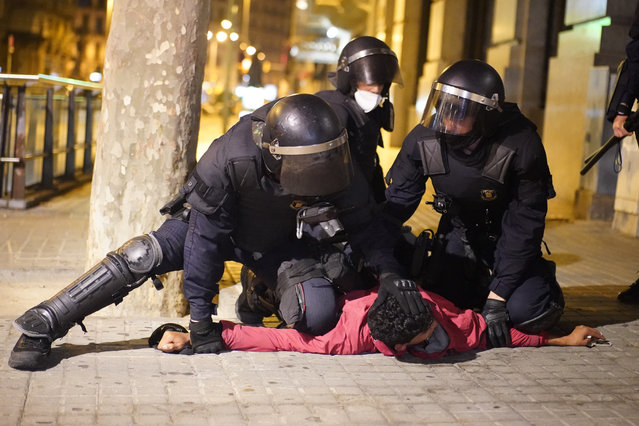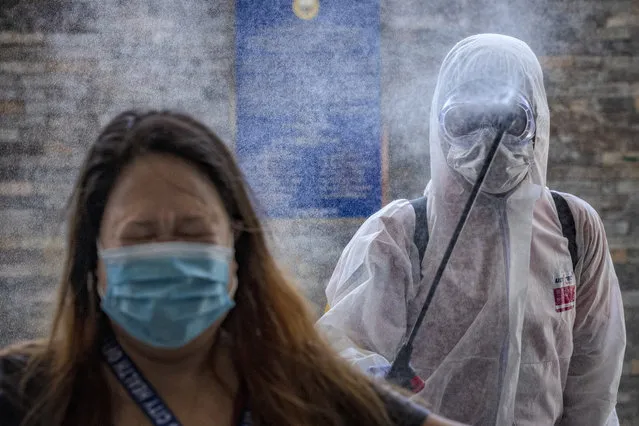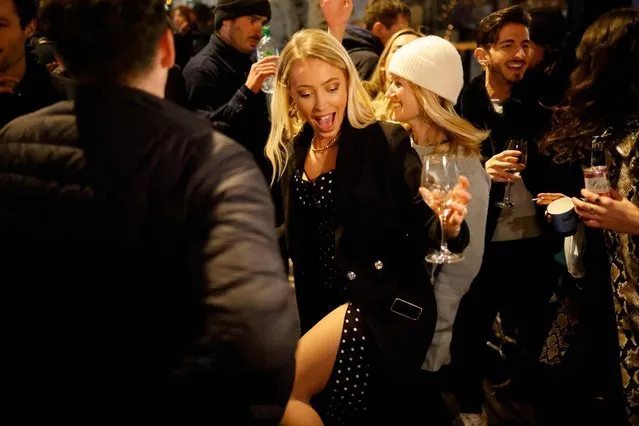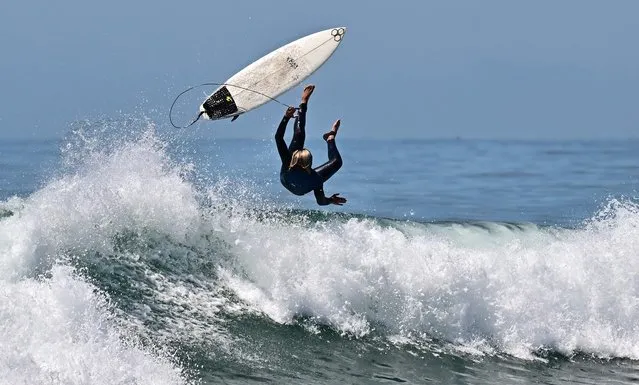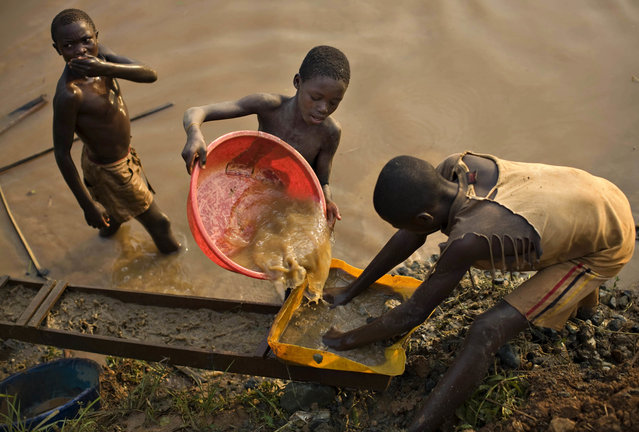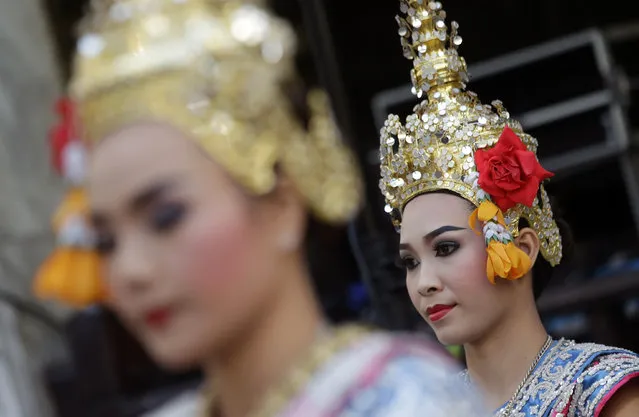
Thai classical dancers perform for Phra Phrom, the Thai interpretation of the Hindu god Brahma, at the Erawan Shrine in Bangkok, Thailand, Friday, September 4, 2015. Thai authorities unveiled the restored centerpiece Friday of the Erawan Shrine, in the latest bid to restore confidence among Bangkok's tourism and business communities almost three weeks after a deadly bombing. (Photo by Sakchai Lalit/AP Photo)
05 Sep 2015 12:27:00,post received
0 comments

